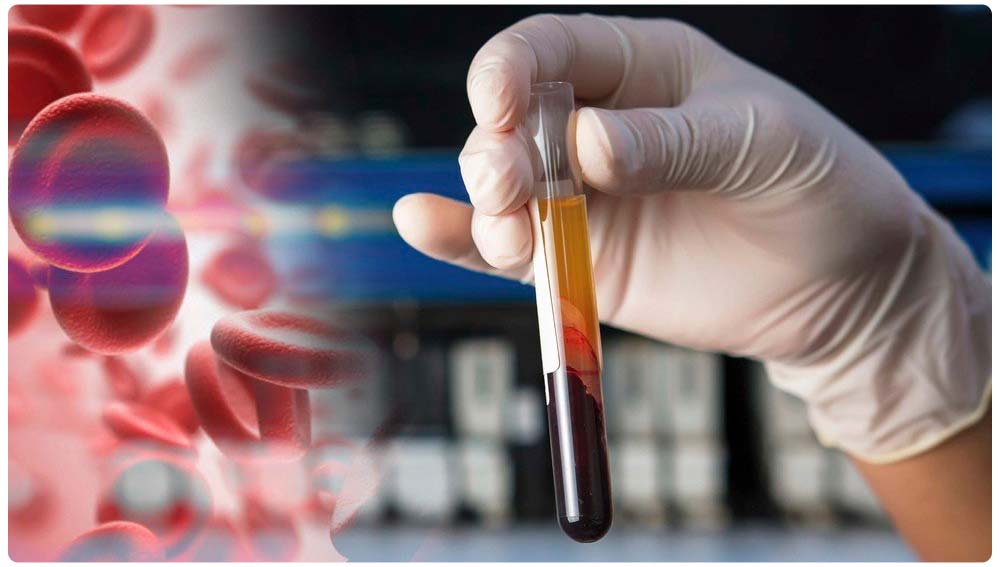Platelets are derived from cells known as megakaryoblasts, which are the largest cells found in the bone marrow. Platelets belong to the smallest cells in peripheral blood while being among the largest in the bone marrow. Megakaryoblasts progress into more mature cells, known as promegakaryocytes, and subsequently into megakaryocytes. During the megakaryocyte stage, the cytoplasm undergoes cellular contractions, leading to the formation of cytoplasmic fragments called platelets. These platelets are then released into the bloodstream near the sinuses of the bone marrow. Once in the bloodstream, each platelet has a half-life of approximately 7 to 10 days. Platelets are approximately two microns in diameter, and it is estimated that they contain nearly 30 different types of proteins that play a significant role in the formation of platelet aggregation and wound healing.

Similar to erythrocytes, platelets lack a nucleus. About two-thirds of them circulate in the bloodstream, while the remaining one-third is stored in the spleen. Platelets are responsible for essential biological activities in the body, including:
1. Maintaining the consistency and stability of the vessel wall.
2. Facilitating platelet aggregation during primary homeostasis.
3. Contributing to wound healing.
